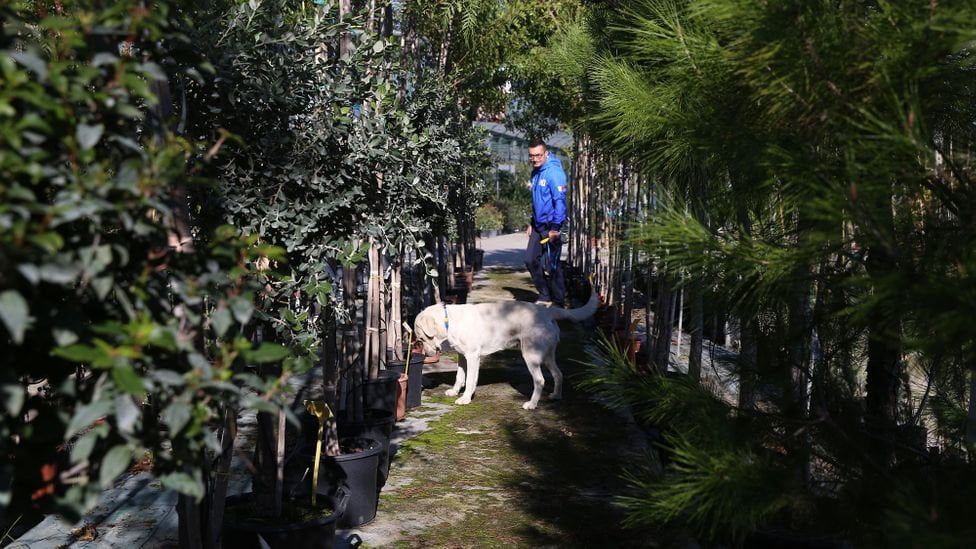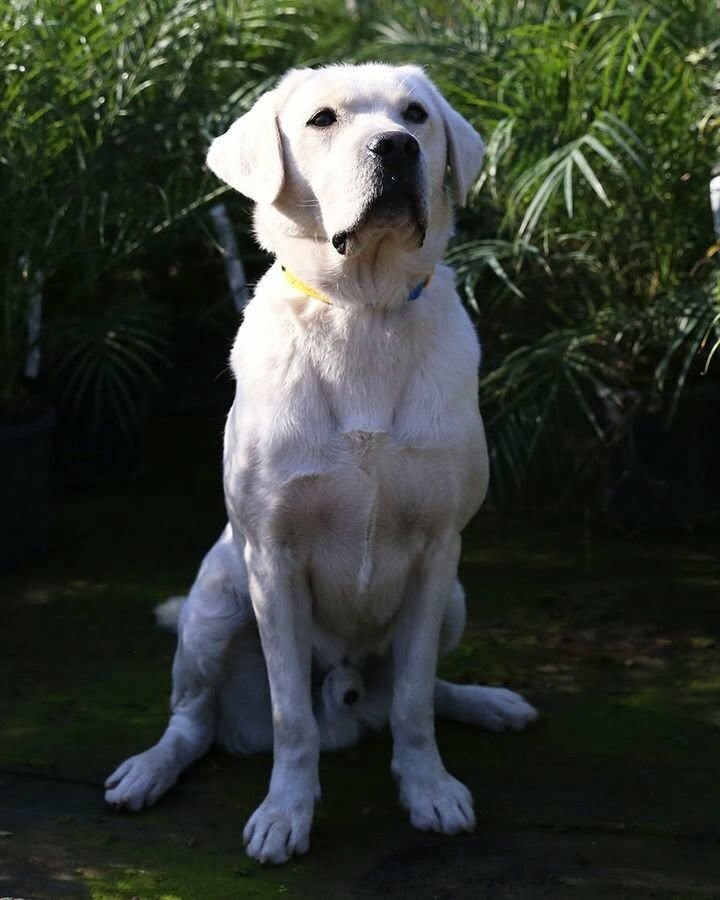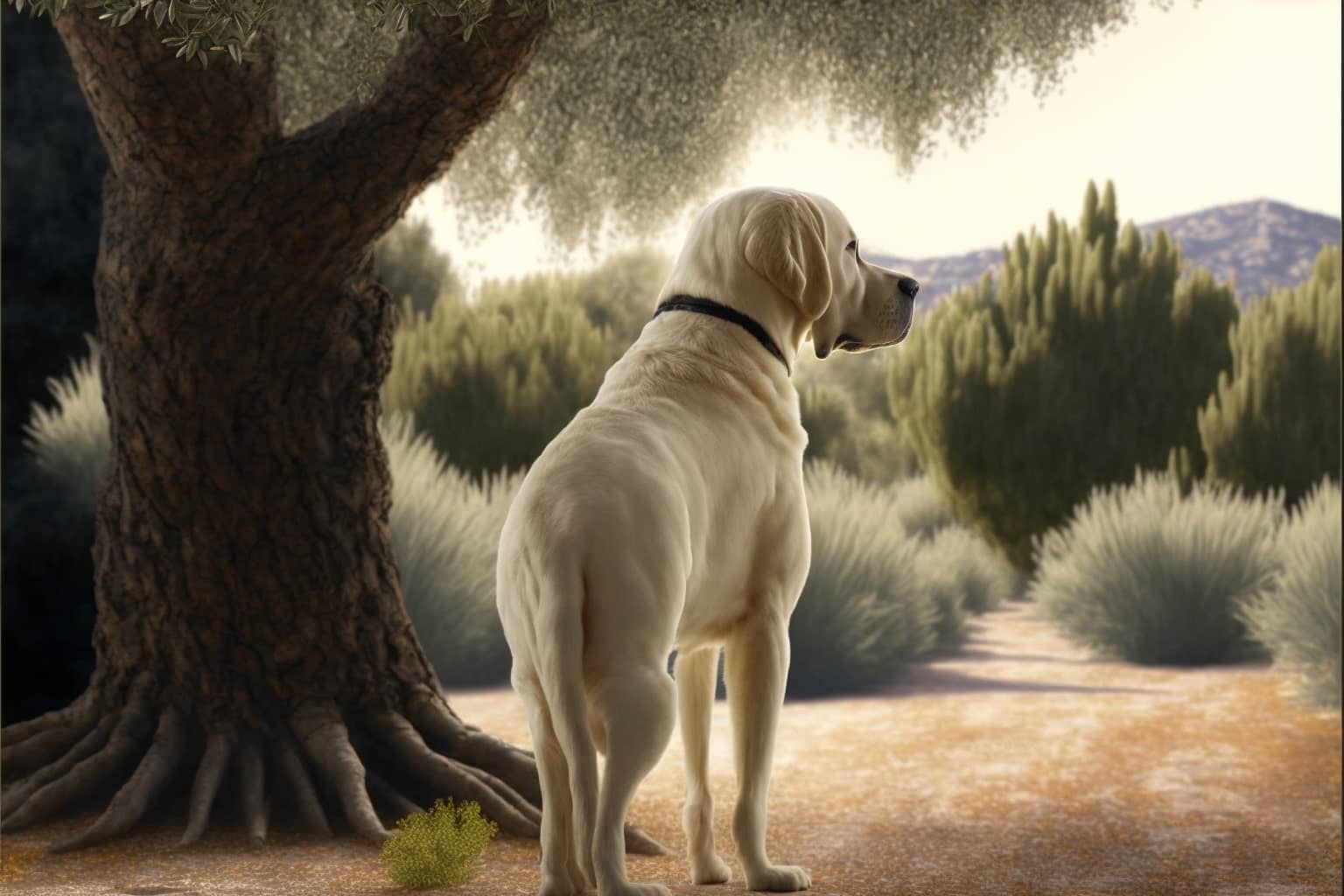A deadly and relentless epidemic of Xylella fastidiosa (a bacterial plant pathogen) has been destroying olive trees in Southern Italy for 10 years and more. An unprecedented catastrophe, which seriously damaged an entire sector. Perhaps we can begin to solve the problem with the help of a trusted friend: the best man has ever had by his side.
In Parabita, in Puglia, a task force of highly qualified dogs and trainers was born, which deals with the detection of Xylella: it is called Xylella Detection Dogs. And it could not have been born elsewhere: Puglia, with its 60 million olive trees, was responsible for approx 50% of olive oil production in Italy. In just a few years, Xylella infected and killed 21 of these 60 million trees, many of which were genuine secular monuments.

Four-legged help
Nicholas DiNoia he is an agronomist and general manager of Unaprol, the largest Italian consortium of olive oil producers. It perfectly understands the gravity of the danger posed by Xylella and is actively committed to containing its spread. “This is an unprecedented ecological and environmental disaster,” he says. “We cannot let ourselves be carried away by environmentalist emotions, we must rely on scientific data”. In 2020, Di Noia thought back to his past experience as a police officer, working with dogs trained to detect drugs and explosives through their sense of smell, and wondered whether these animals could also be used to detect the presence of Xylella.
Di Noia and his team discovered that a group of California experts had perfected the way to use dogs' sense of smell to detect bacteria on citrus fruits (I'll link the search here). Encouraged by the possibility, he discussed the idea withNational body of Italian dog lovers (ENCI) and with CNR experts. The Xylella Detection Dogs were born.

How do dogs work against Xylella?
From a purely “mechanical” point of view, a dog's nose captures odors much the same as that of humans, but it has some unique characteristics that make it truly extraordinary. In fact, during inhalation and exhalation, the receptors present in the dog's nose detect molecules in the air and send information to the brain. The front of the nose serves to humidify incoming air, aiding the sense of smell, and the air is then pumped into the lungs and receptor-rich olfactory chamber.
This is precisely where the most incredible difference is noticed: dogs have 20 times more olfactory receptors than humans. When the dog exhales, the air comes out from two lateral slits of the nose and not directly from the nostrils: this allows constant and continuous sniffing and the capture of large quantities of odors. Dogs hear a lot more than us. How many? So many, to the point that we can be considered "blind" to smells compared to them.
Having secured this gift, however, it is necessary to make it fruitful. And this depends on how good the training is. Serena Donnini, an expert dog trainer at ENCI and coordinator of the experimental Xylella Detection Dogs program, believes that some dog breeds such as the springer spaniel, German shepherd, cocker spaniel and Labrador are the best for this task. In any case, even among them it is necessary to select those with the best personality, the most playful and greedy.

What you don't do for an award
To train a dog to recognize the scent of an infected plant, it is important to develop a reward system. According to Donnini, the more a dog loves an object or toy, the more likely he is to look for it. Trainers start by hiding a hollow rubber toy inside, making the dog work on its searching skills. The choice of material is due to its particular smell, which dogs particularly recognize. Every time the dog finds the toy, he receives a food reward.
Over time, the gum is gradually removed from the object to increase the dog's concentration. Subsequently, the trainers introduce the “target” odor into the game. Gradually, the dog learns to signal when it recognizes the target odor by receiving a reward. CNR scientists play a fundamental role in providing Xylella-infected plants to train dogs. The team of Donato Boscia, a plant virologist and head of the unit in charge of studying Xylella, is currently perfecting the study of the molecules released by infected plants and best perceived by dogs.
A precious help against Xylella
Xylella is difficult to control as some infected plants show no visible symptoms. For this reason, dogs could be a precious help in stopping the spread in key places such as greenhouses and ports, truly crucial hubs for this parasite. In fact, it is believed that Xylella arrived in Puglia through a coffee plant imported from Latin America.
Trained dogs could be deployed to inspect plants and locate infected ones, halting the advance of Xylella and giving time for the olive oil industry to rebuild its precious heritage, or for science to build a “electronic nose” capable of doing the same job.


